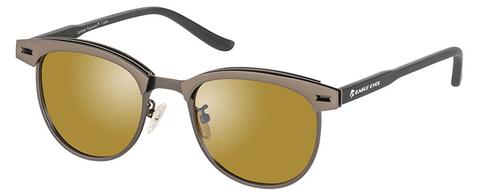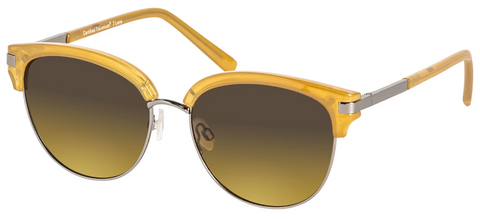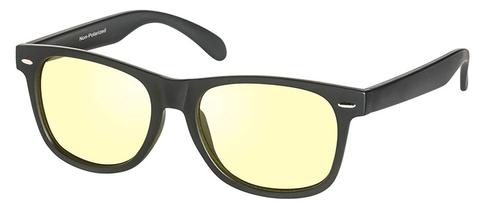Style Spotlight: Club-Style Sunglasses

What do Bob Dylan, JFK, Ray Charles, the Blues Brothers, Tom Cruise, Mary-Kate Olsen, James Bond, Taylor Swift, and Rihanna have in common? Not a ton at first glance. But dig a little deeper, and you’ll see that all have played a big role in popularizing the timelessly cool “club style” of sunglasses. Also known as Wayfarers, these square, horn-rimmed frames have played a major role in many iconic style statements over the past 60 years. Here, we take a look at the definitive moments in pop culture history that solidified their status as a true fashion classic.
1950s and 1960s
The first club design was manufactured in 1952, by Bausch & Lomb’s Ray-Ban division. The thick plastic rims and trapezoidal shape were a totally new look for the time, as previous sunglasses were round with thin wire frames. Fresh, bold, and a little dangerous, the style quickly took off with the more rebellious youth of the day. Beatniks, hipsters, jazz musicians, and the like embraced the style with open arms, and it wasn’t long before it became a symbol of countercultural cool.
Eventually, the style infiltrated the mainstream, gracing the faces of folk singers, movie stars, businessmen, and politicians alike. Whatever your style, club sunglasses elevated your look to something cool and modern: Just contrast countless portraits of a 1960s Bob Dylan rocking his all wild-haired and dandyish with those of JFK, thoughtful and poised in his crisp presidential suit. The fact that two very different men with very different personal styles could wear the same glasses in an equally fashionable way spoke to their versatility as an accessory.
’80s Revival
As sales of club-style sunglasses fell in the 1970s, executives strategized a new initiative to bring them back to popularity: product placement. The fact that these glasses appeared in an onslaught of movies throughout the 1980s was no coincidence; it was a concerted effort that had exceptionally successful results.
From John Belushi and Dan Akroyd’s Blues Brothers style to Tom Cruise’s pantsless dance scene in Risky Business, club-style glasses made a big splash on the 1980s silver screen. Bruce Willis, Don Johnson, Corey Feldman, and a slew of other ’80s “cool guys” sported them throughout their film careers, and sales outside of Hollywood skyrocketed. They even got a name brand mention in one of the most ’80s tunes to ever hit the radio: Don Henley’s “Boys of Summer.”
This product placement initiative was a good move, not only re-popularizing the glasses style for a new era, but also solidifying their iconography in pop-culture history. When sales began to plummet yet again in the ’90s, it was only a matter of time before the next generation of cool kids brought them back.
2000s Revival
The 1990s and early 2000s took a different approach to sunglasses — tiny, futuristic shapes and sporty, wraparound styles replaced the boxy look of the ’80s, making the club style nearly obsolete. This began to change in the mid-2000s, when downtown “it” girls like Mary-Kate Olsen and Chloë Sevigny began resurrecting vintage club-style sunglasses, and R&B superstar Rihanna started incorporating them into her sexy, powerful personal style. The look caught on with more celebrities and underground cool kids, then manufacturers, and, before long, the club style was back in a big way, this time as a decidedly unisex trend. As their third wave of popularity continues to roll on, we think it’s safe to say that club styles are here to stay.
Today, there are more versions of this iconic style available than ever before. While other brands might boast wacky frames, crazy colors, or name-brand logos, Eagle Eyes’ club styles are the only ones to offer NASA-optic lens technology in every pair, blocking harmful blue light and UV rays and increasing visual clarity to protect your eyes. High style meets healthy eyes? Count us in.
You can check out our extensive selection of men’s and women’s club styles here.
Here are three of our favorites:






